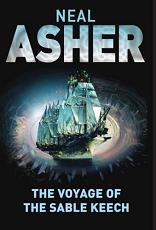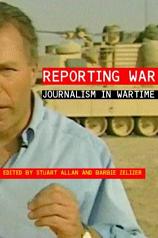
The Voyage of the Sable Keech
Neal Asher
506 pages
published in 2006
On second thought, this might have been the wrong Neal Asher book to start with, being a sequel to an earlier novel set in an universe that itself has been worked out over the course of a half dozen or so novels. But it was the only book I had with me, so I persevered. Fortunately The Voyage of the Sable Keech was standalone enough not to be completely opaque. The reason I wanted to try out Neal Asher’s work was because he kept being compared to people like Ken MacLeod, John Meaney, Alistair Reynolds and Liz Williams, part of that whole generation of late nineties British science fiction authors I like so much. Happily he didn’t disappoint, even if this was a bad book to start with.
What I liked about The Voyage of the Sable Keech wasn’t so much the plot, as that was fairly confusing since I had not read The Skinner, which this was a sequel to. What got me was both the inventiveness of the world Asher created as well as the matter of fact way in which he presents his world. In some ways it’s easily as baroque as some of China Miéville’s novels, but Asher’s writing style doesn’t draw attention to it the way Miéville’s does.In some ways The Voyage of the Sable Keech reminded me of Steven Erikson’s Gardens of the Moon, as it has a simular outrageous mix of technologies and powers, just in a science fiction setting rather than a fantasy one.



